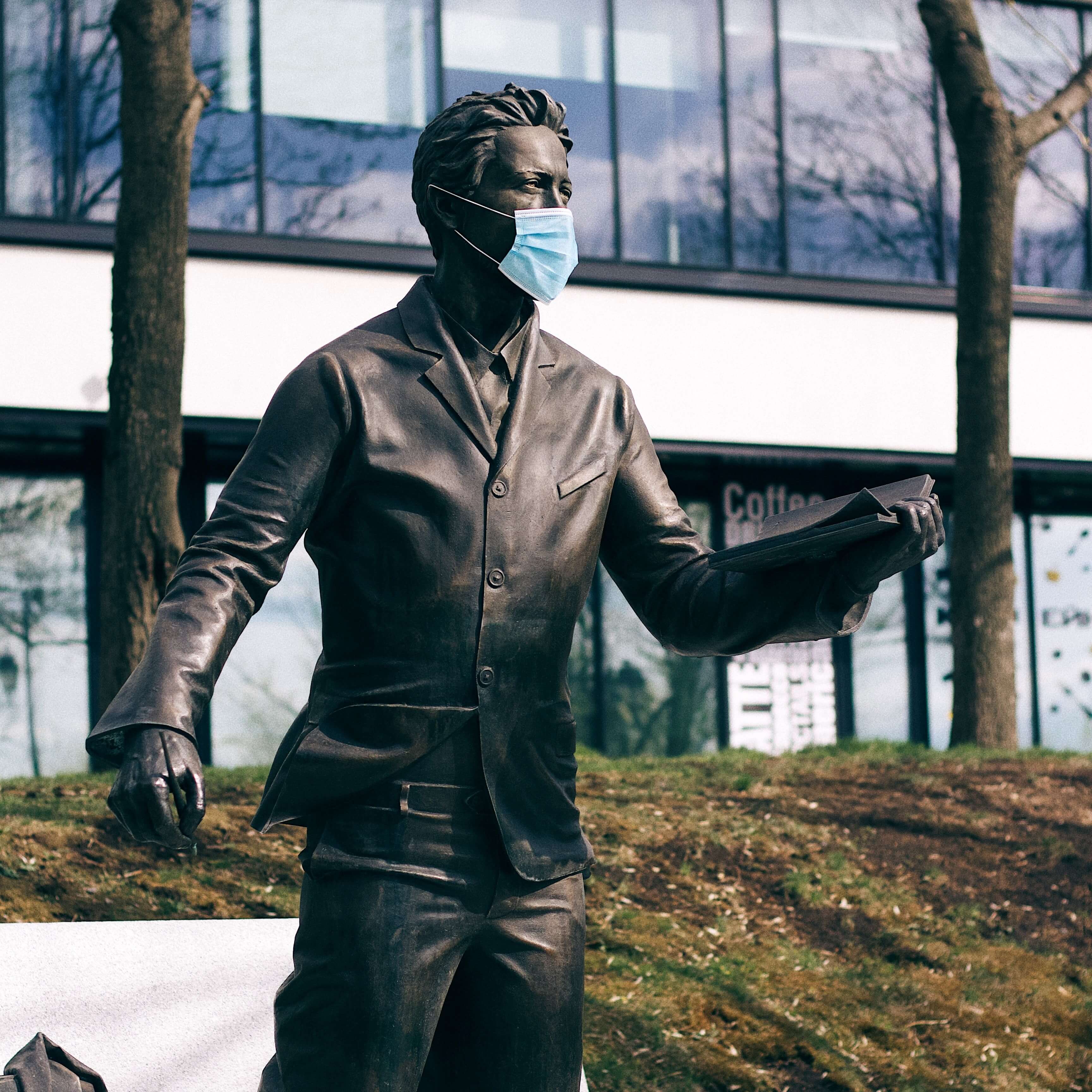
How Long Does Covid-19 Live on Clothes?
Covid-19, also known as the novel coronavirus, is a highly contagious respiratory illness that has caused a global pandemic. One essential aspect of preventing the spread of the virus is understanding how long it can survive on different surfaces, including clothes.
With all the fuss, many ask, Can Covid-19 live on clothes? How long can Covid-19 live on bedding? If you are in doubt, here is the place to be! In this article, we will research how long Covid-19 lives on fabrics and discuss ways to reduce the risk of transmission through clothing.
How Long Does Covid-19 Live on Clothes?
The time that Covid-19 can survive on clothing depends on several factors, including the type of fabric, humidity, and temperature. According to a study published in the New England Journal of Medicine, the virus can survive on clothing for up to two or three days, although survival times may vary depending on the conditions. Covid-19 appears to survive longer on smooth surfaces, such as plastic and metal, compared to porous surfaces, like fabric. The virus may also survive longer in colder and drier environments.
Can Fabrics and Clothes Spread Covid-19?
The risk of Covid-19 transmission through clothing is generally considered low, as the virus is primarily passed on via respiratory droplets brought about when an infected person talks, coughs, or sneezes.
However, the virus can be transmitted through clothing if an infected person touches their mouth, nose, or eyes and then touches their clothing, transferring the virus to the fabric.
It is also possible for the virus to be transmitted through clothing if an infected person sneezes or coughs directly onto the clothing, leaving respiratory droplets on the fabric.
The risk of Covid-19 transmission through clothing can be reduced by following recommended guidelines from public health agencies, such as washing your hands frequently and wearing a mask. Furthermore, one should properly wash and disinfect clothing and other fabrics to reduce the risk of transmission.
How Often Should You Wash Your Clothes to Prevent Covid-19 Transmission?

The Centre for Disease Control and Prevention (CDC) recommends washing your clothes regularly to reduce the risk of Covid-19 transmission. In general, washing clothes frequently is a good idea, especially if they are worn often or become visibly soiled. This is especially crucial for clothes you wear in public, such as masks, gloves, and outerwear.
Health professionals advise washing your hands frequently, particularly after touching your clothing or other fabrics, and before handling food. If you have been in close contact with someone with Covid-19, the CDC recommends washing your clothes and other fabrics that may have come into contact with the virus as soon as possible. This can help reduce the risk of transmission to others.
Wearing clean clothes and choosing materials with a tighter weave will reduce the risk even more. While we wait for more research, it’s advised to take preventive measures such as wearing masks, washing hands frequently, and disinfecting surfaces where possible. You can always count on UK Government-approved tests such as the Flowflex antigen test and other nose-only lateral flow tests to give you an accurate result of your situation.
Conclusion
To wrap up, here are some key points to remember about preventing Covid-19 transmission through clothing:
- The risk of Covid-19 transmission through clothing is generally low, as one catches the virus via respiratory droplets. However, it is still possible for the virus to be transmitted through clothing if an infected person touches their mouth, nose, or eyes and then touches their clothing or if an infected person sneezes or coughs directly onto clothing.
- To reduce the risk of Covid-19 transmission through clothing, it is important to follow recommended guidelines from public health agencies, such as washing your hands frequently and wearing a mask in public.
- If you have been in close contact with someone with Covid-19, the CDC recommends washing your clothes and other fabrics that may have come into contact with the virus as soon as possible.



